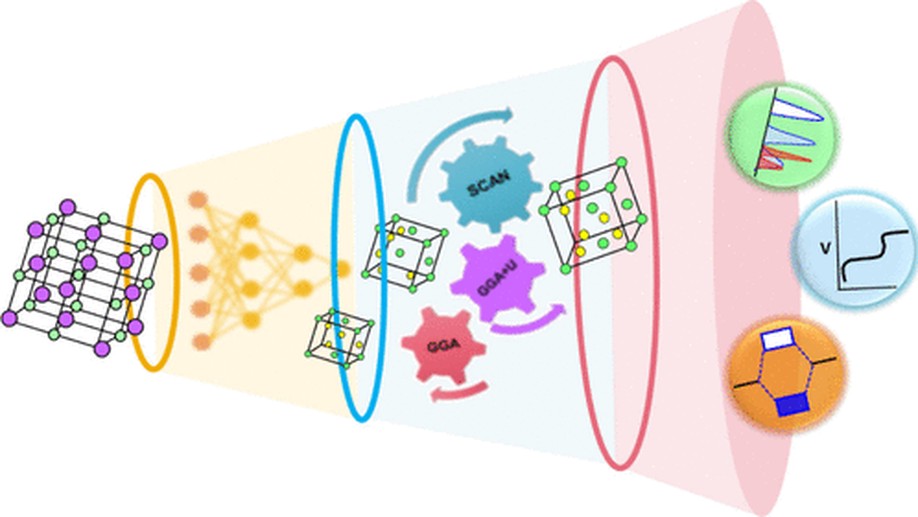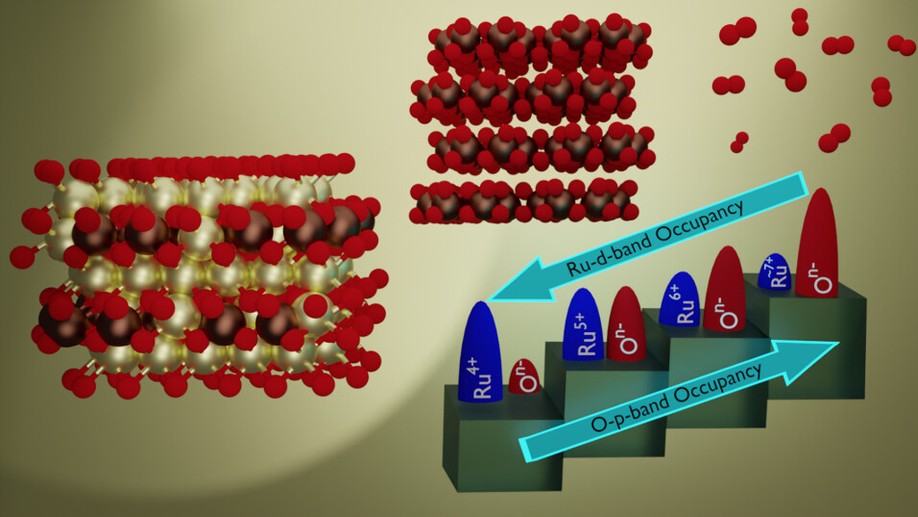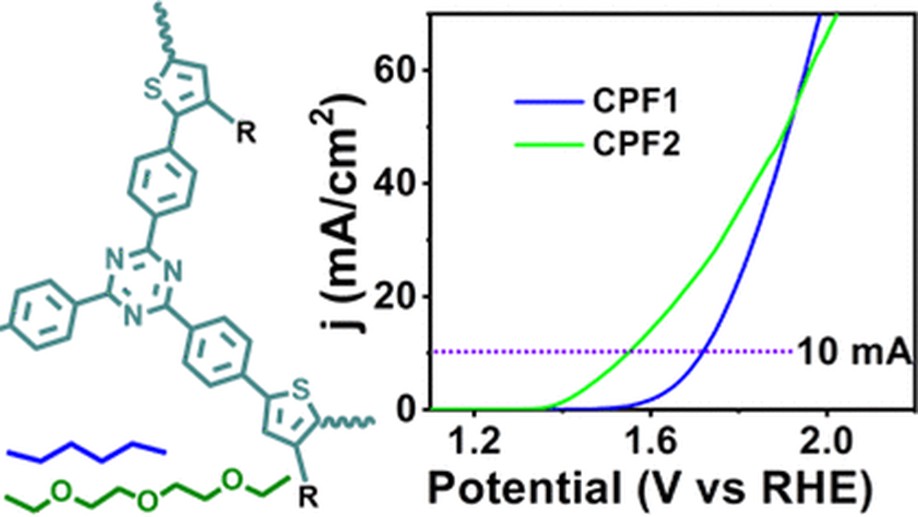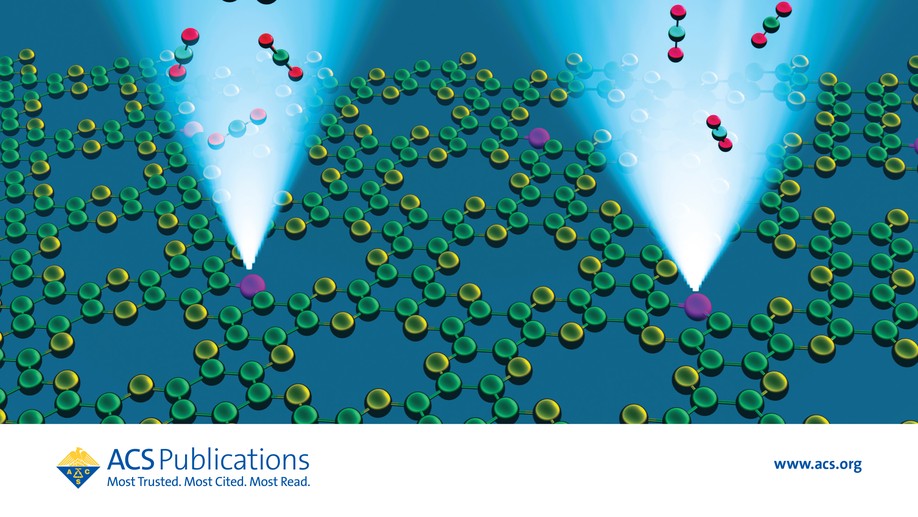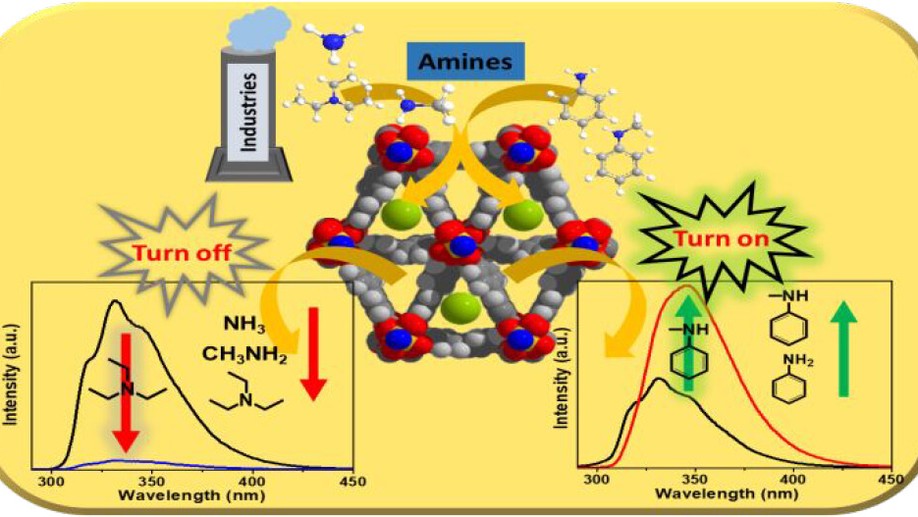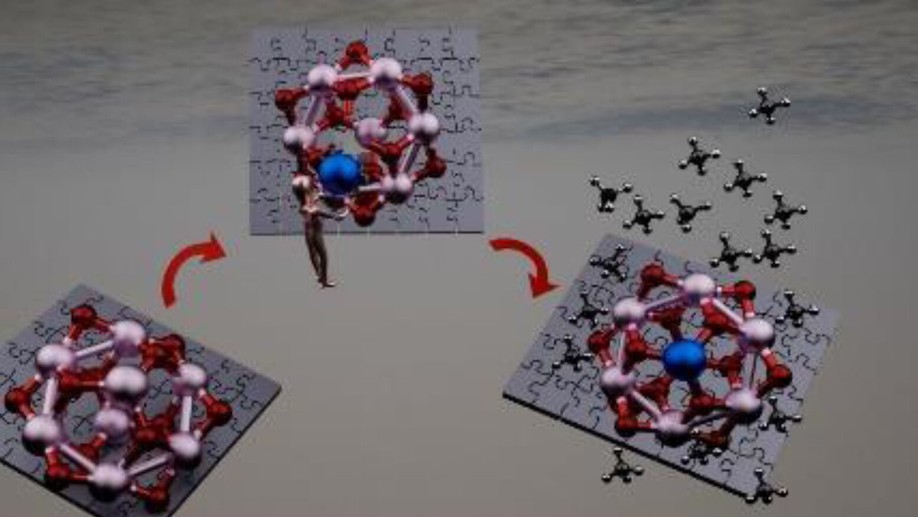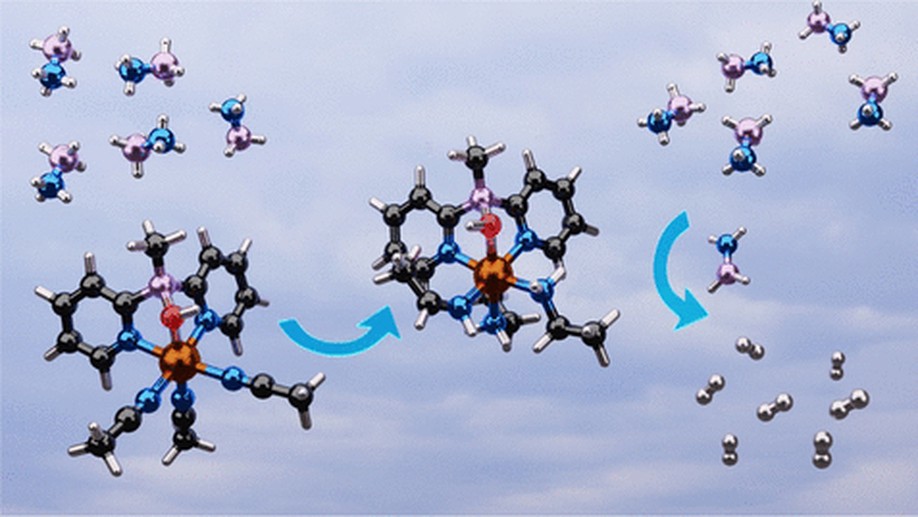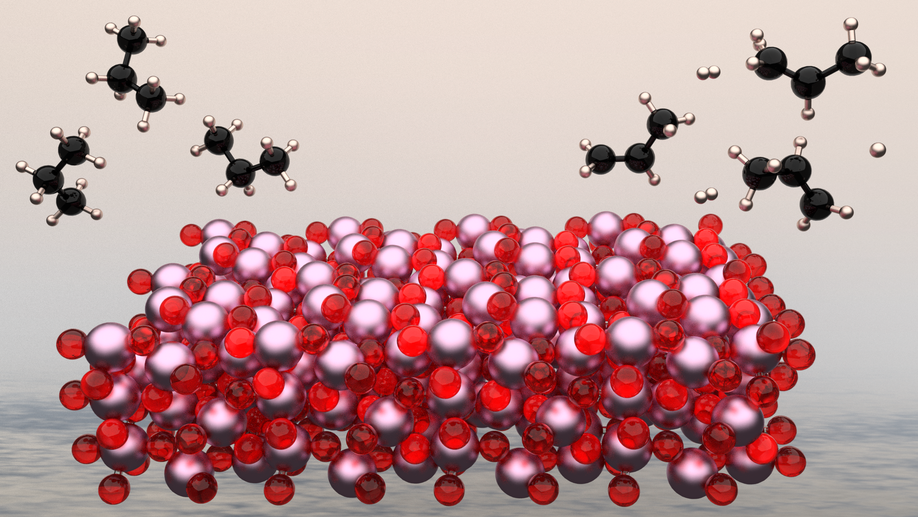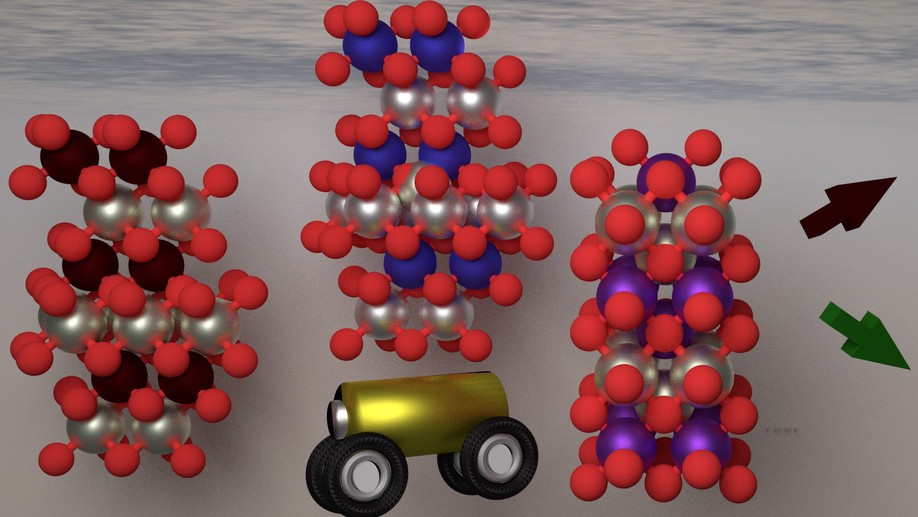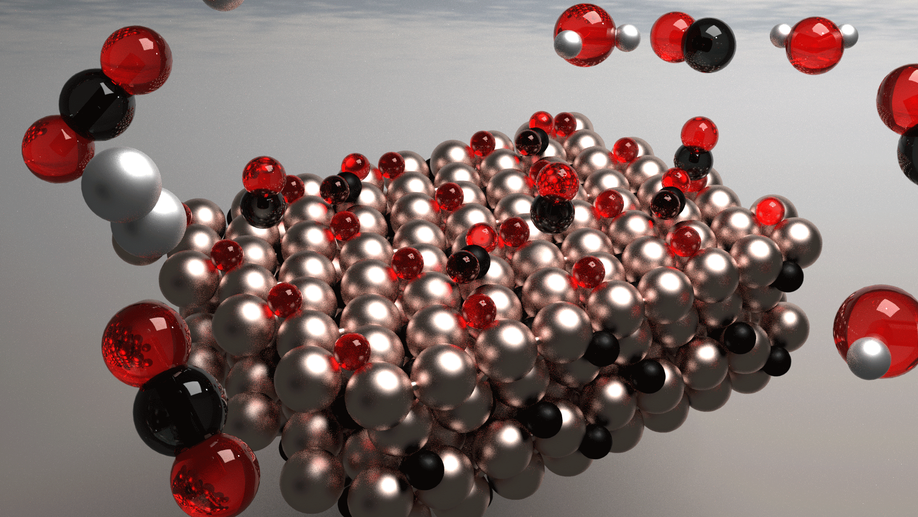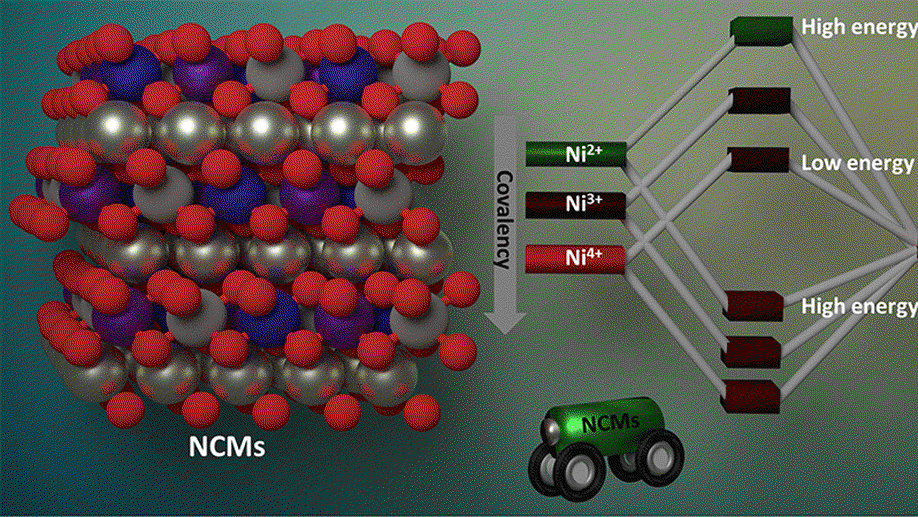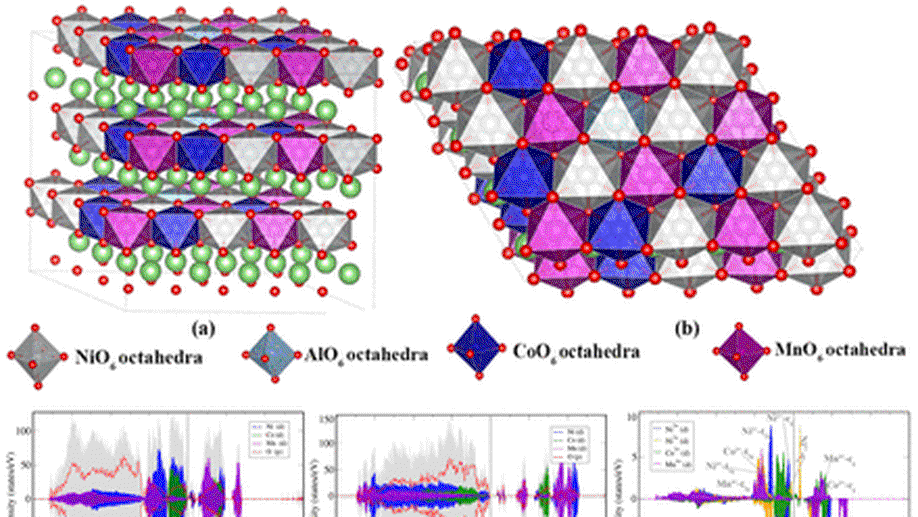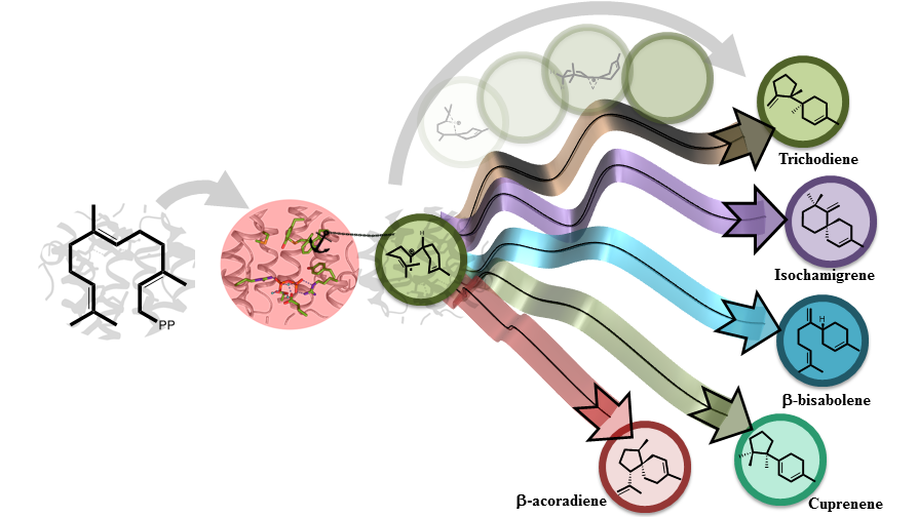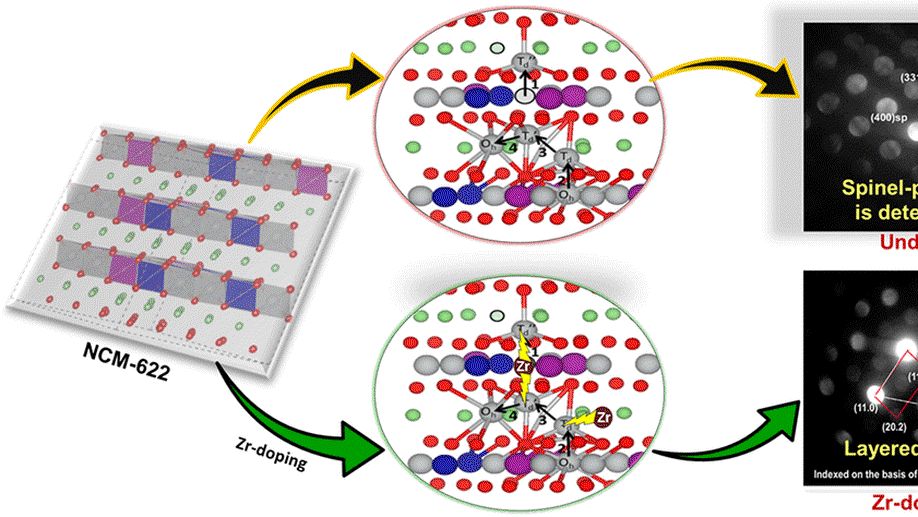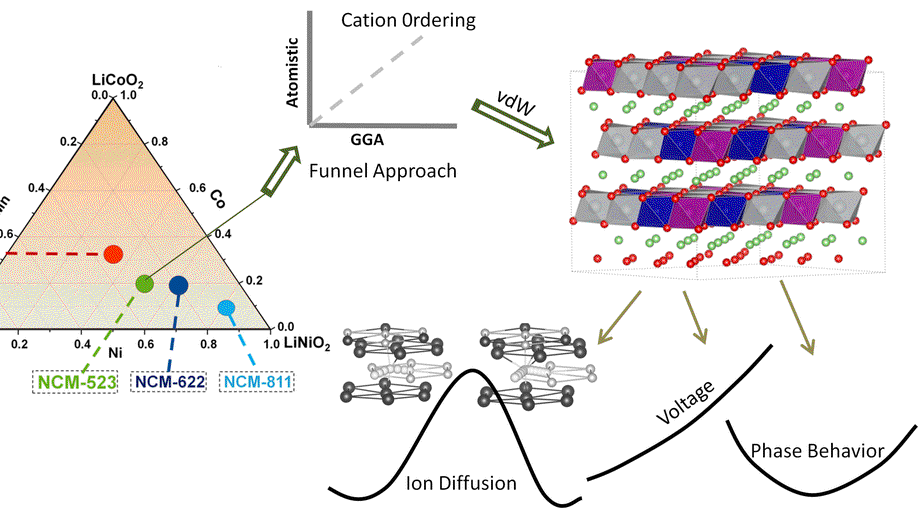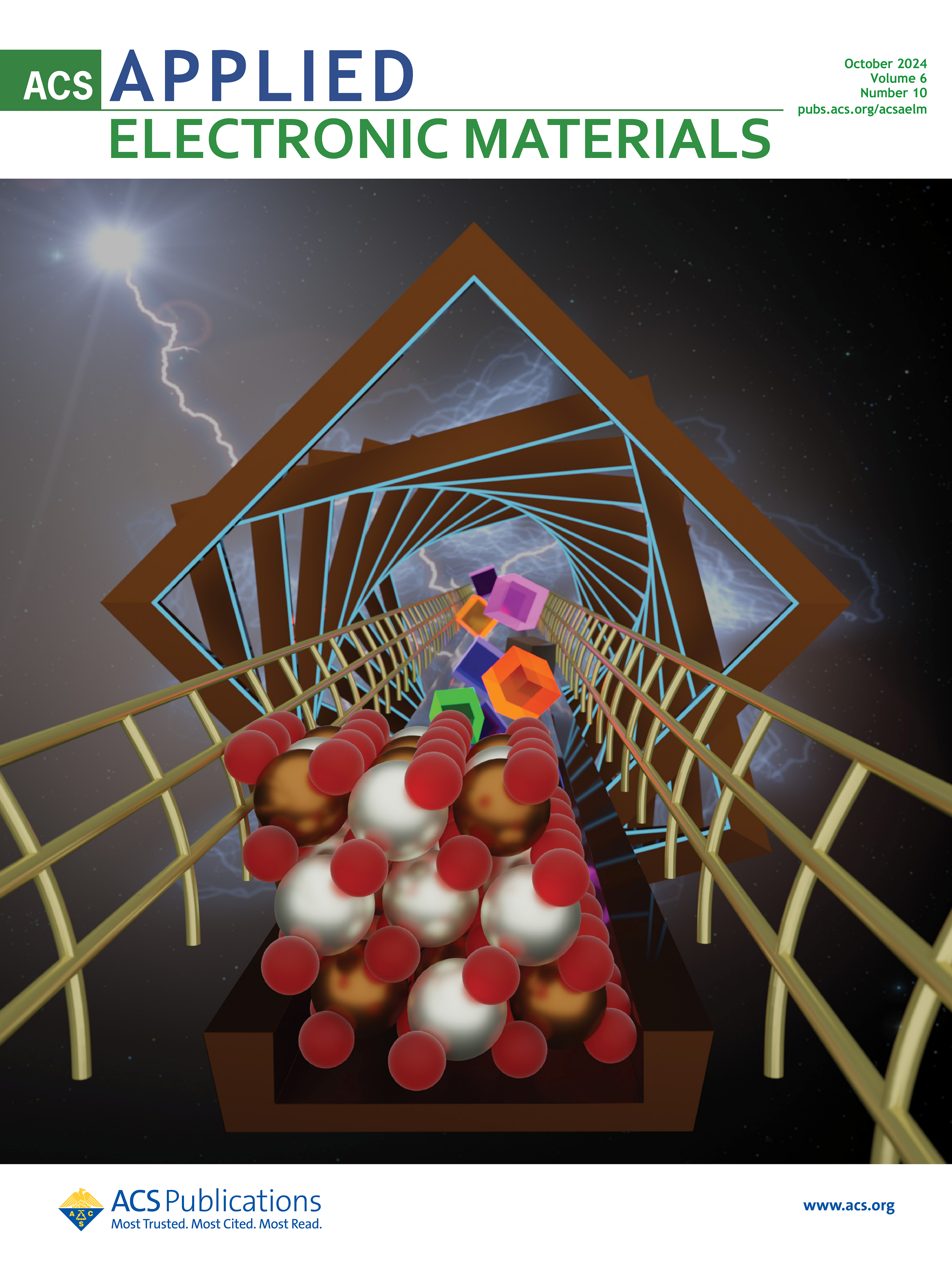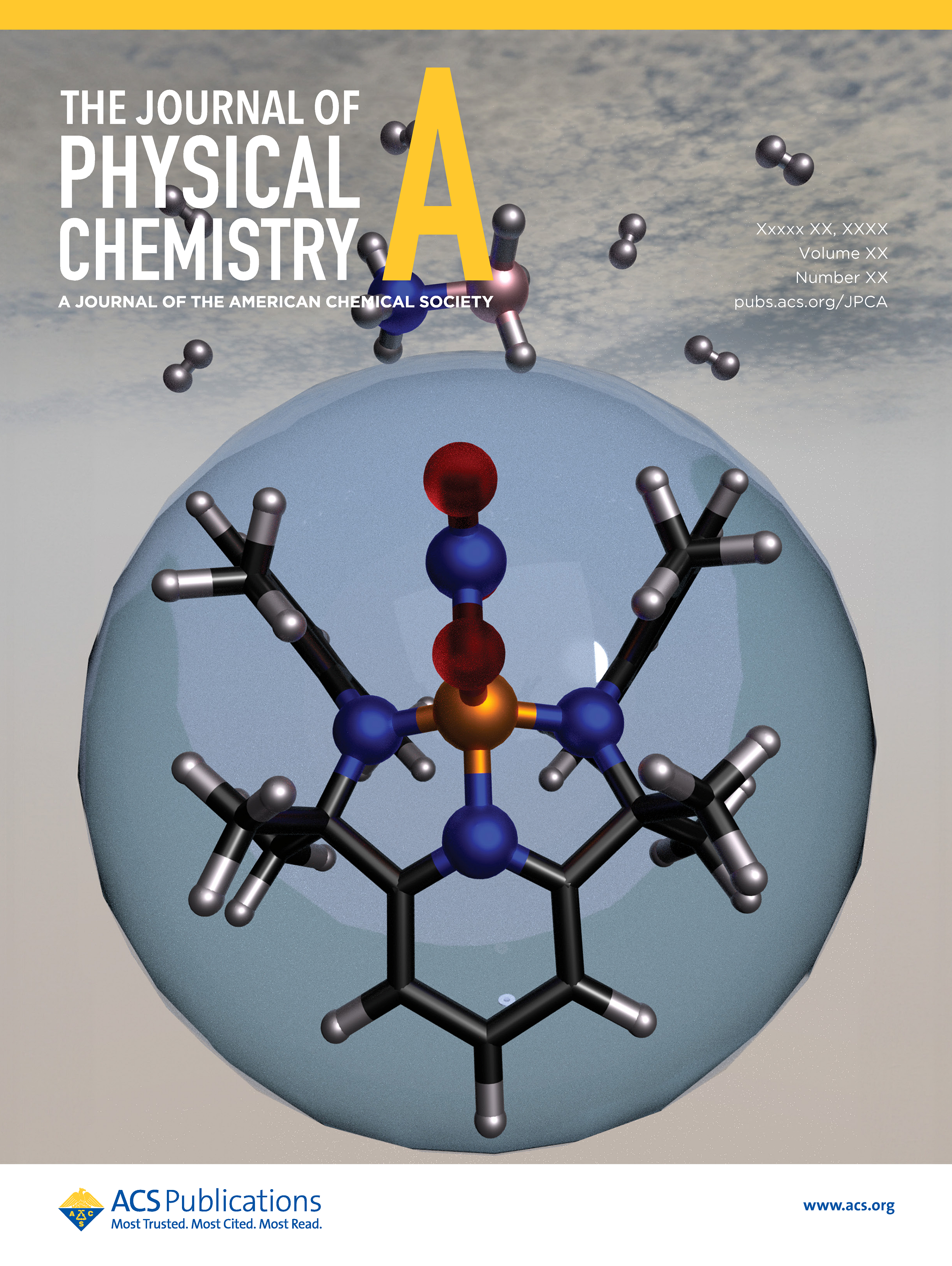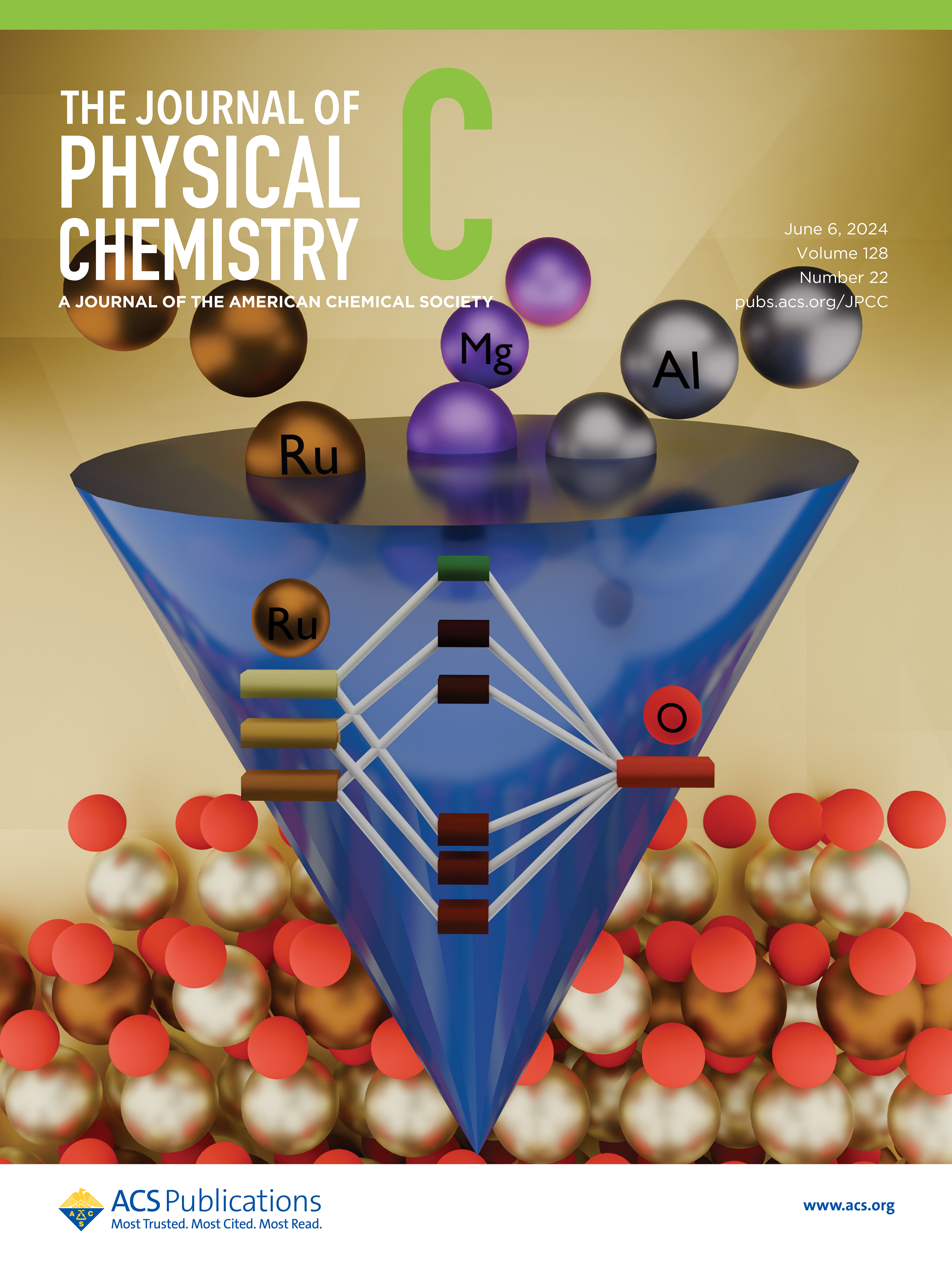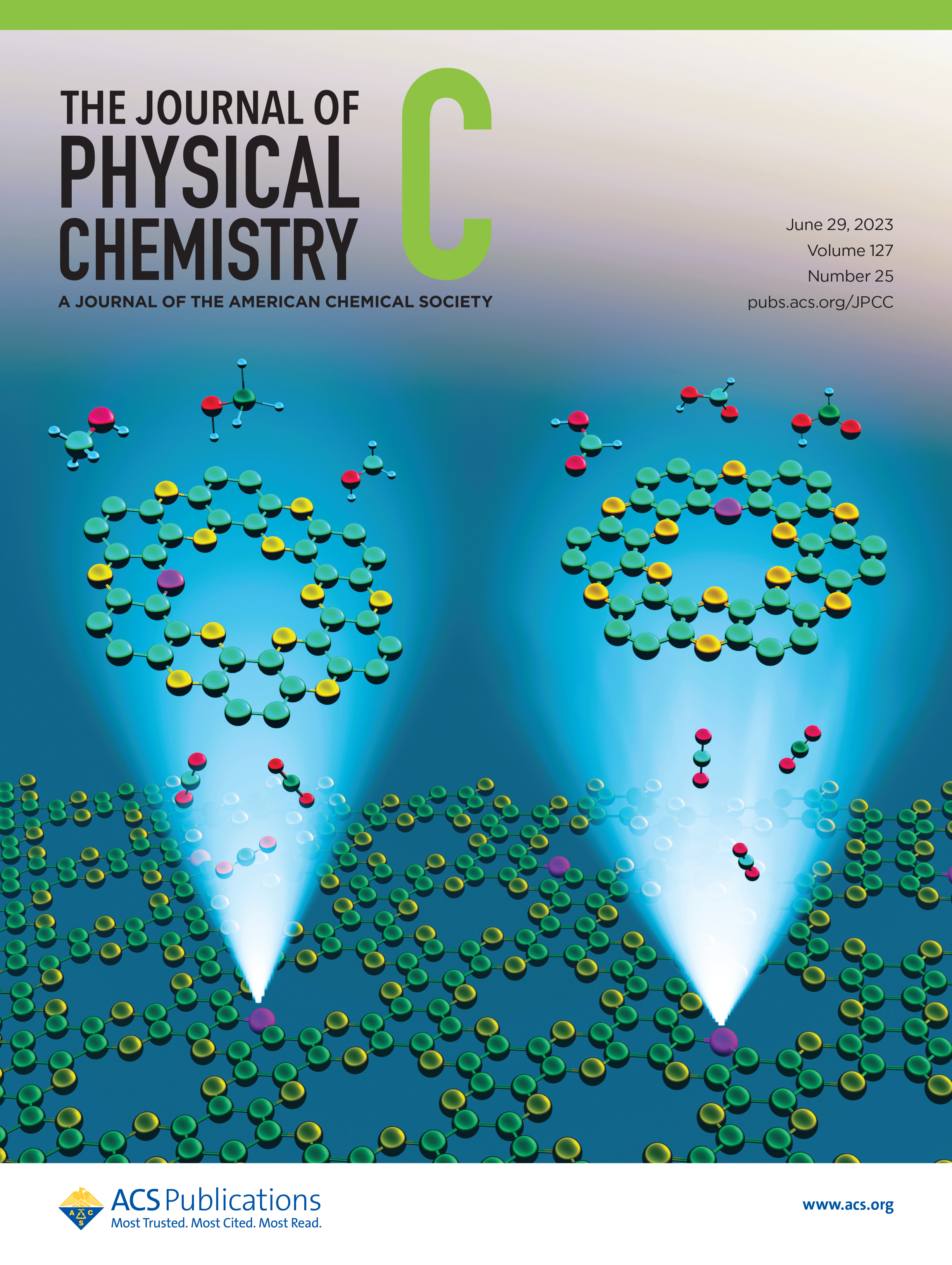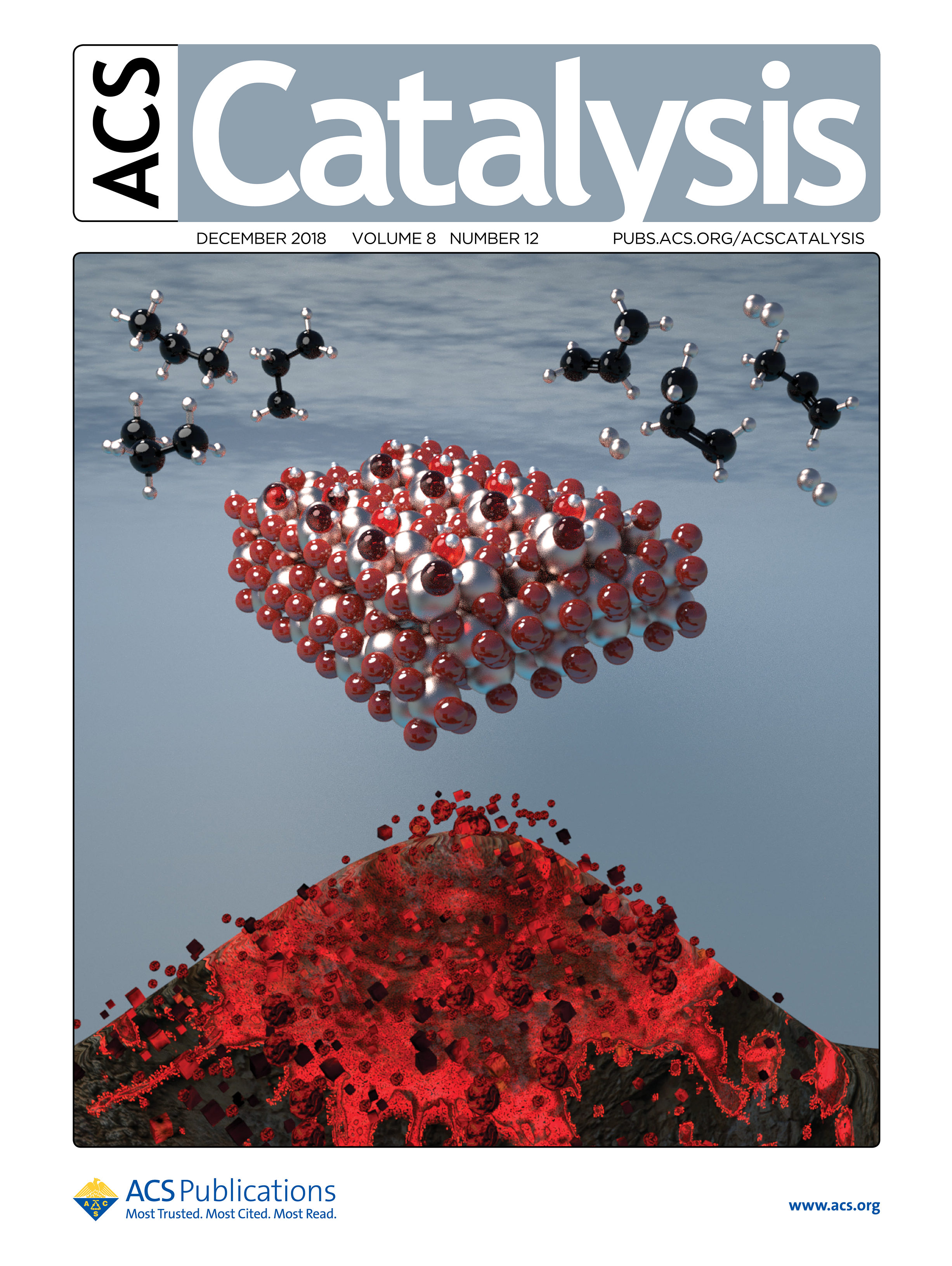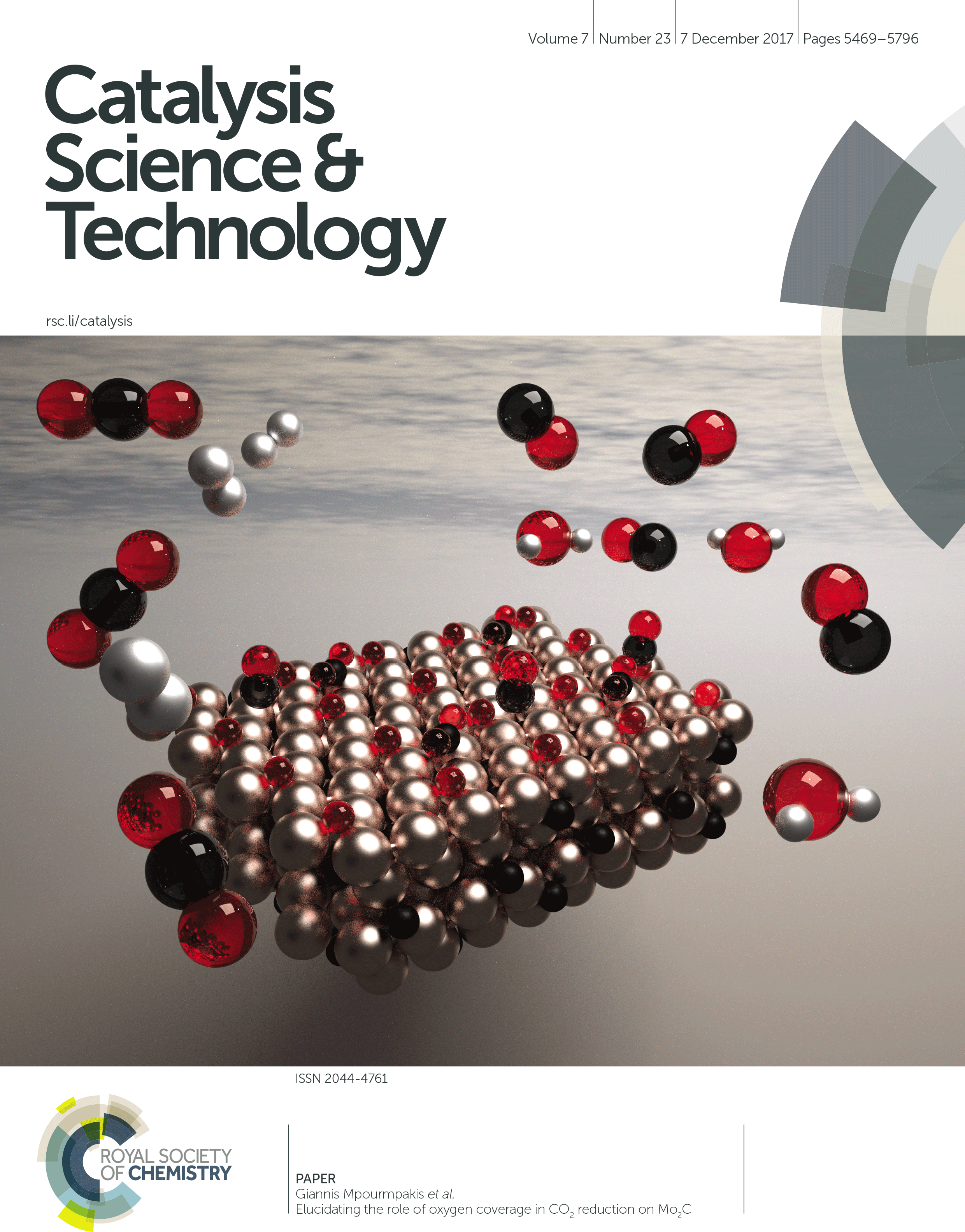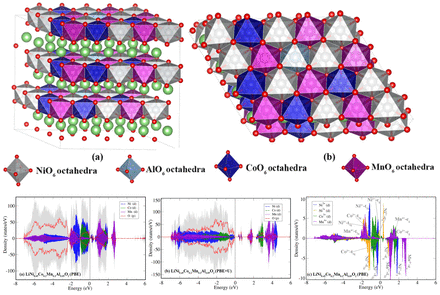About the group
We apply Advanced Computational Chemistry and Machine Learning methods to discover materials with improved performance for energy and environmental applications. Our research guides experiments by providing atomic-level insights employing principles of Quantum Chemistry, Thermodynamics, Electrochemistry, and Catalysis. Specifically, we develop advanced battery materials and exploring alternative energy storage systems in energy storage. We are also interested in catalysis research, focusing on designing novel catalysts for various applications.. Through our research, we aim to make a significant impact in the fields of energy, environment, and sustainability. We are excited to collaborate with others who share our passion and are committed to building a more sustainable future. Our primary research thrusts are:
I. – Electrochemical Energy storage (Li-/Na- ion batteries)
II. – Catalyst Design through Electronic Structure Engineering
III. – Molecular Reaction Engineering (Mechanism and Pathways)
Interests
- Electrochemical Energy Storage
- Computational Catalysis
- Machine Learning for Chemistry
Education & Research
Postdoctoral Researcher, 2017 - 2019
University of Pittsburgh, USA
Postdoctoral Fellow, 2013 - 2016
Bar-Ilan University, Israel
Ph.D. in Computational Chemistry, 2008-2013
CSIR-National Chemical Lab, Pune
